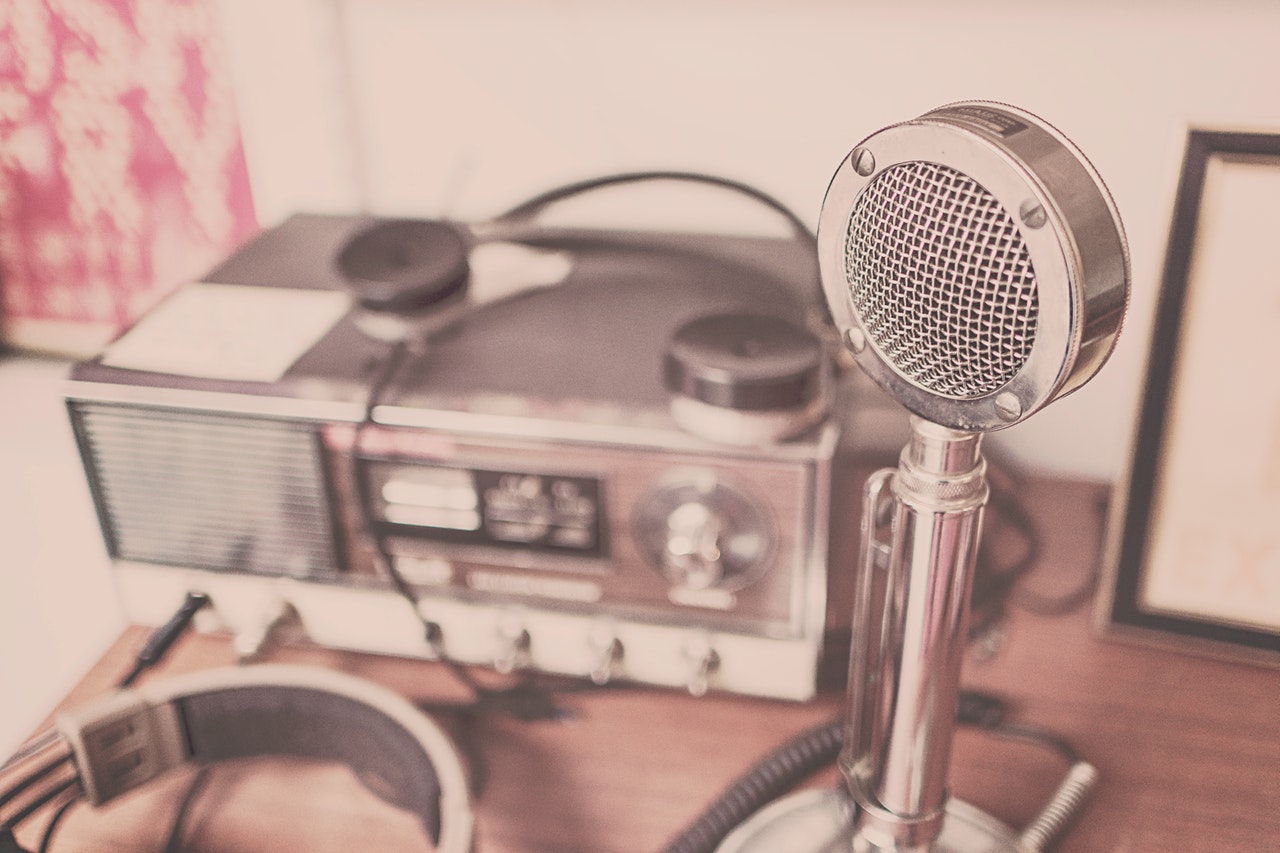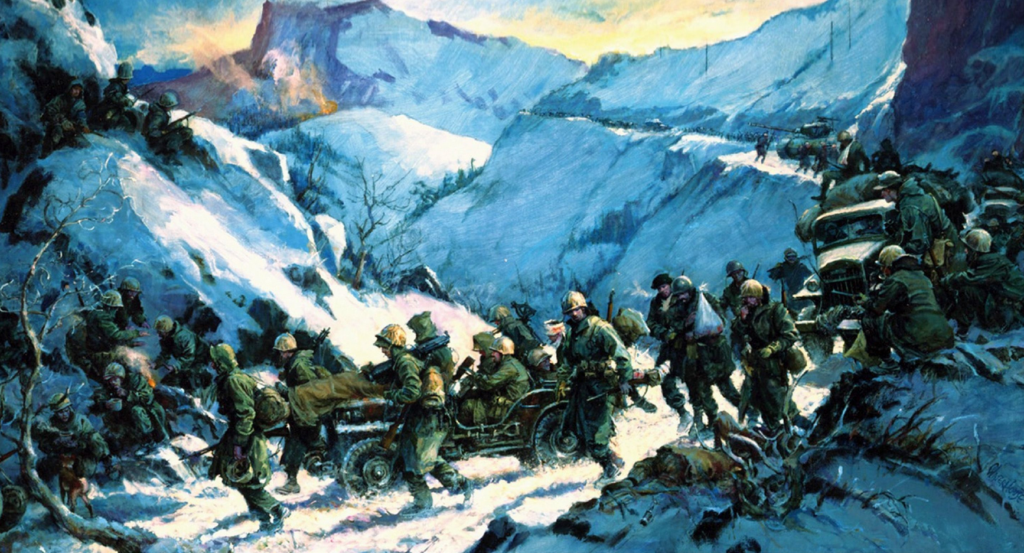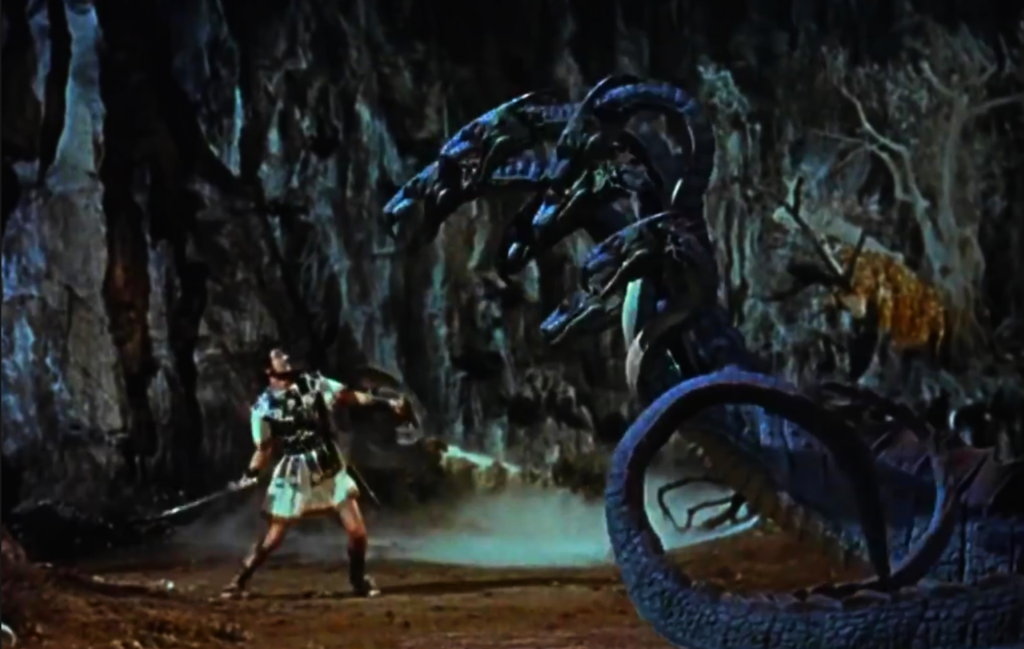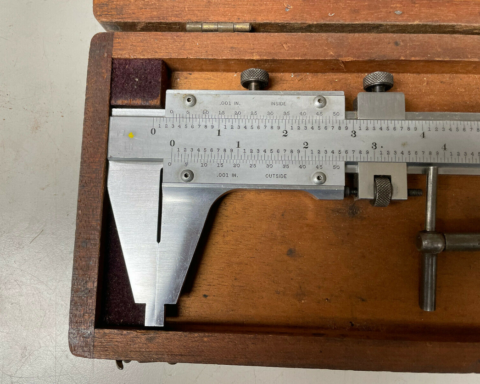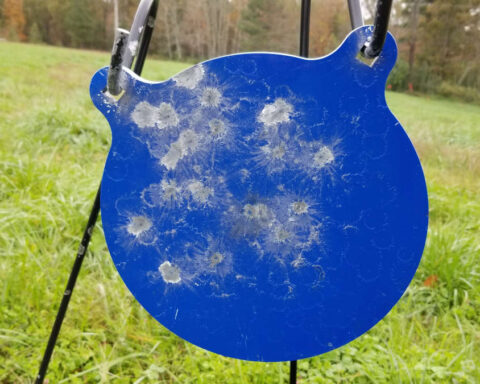Radio is a wireless, decentralized, peer-to-peer communication tool available to everyone. Walkie-talkies are radio. The CBs truckers use are radio. Even mobile phones are radio, but mobile phones need a network, so they aren’t peer-to-peer.
I started looking into radio a few years ago. I wanted a communication tool available if an emergency or severe weather shut down cell service. One of the coolest things I rediscovered while reading is that radio waves are electromagnetic waves. You know what else is electromagnetic waves: light and X-rays and radiation.
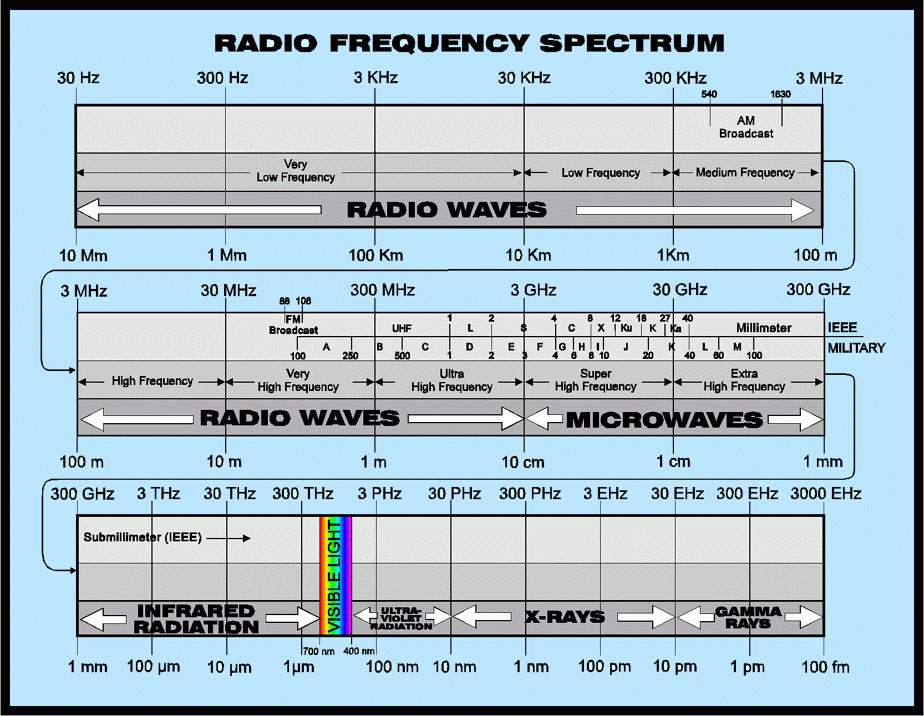
Besides listening to AM/FM radio, people can talk on many frequencies (bands), and you can buy a receiver to listen to traffic on any band. To talk on amateur radio bands, you have to have a license from the Federal Communications Commission (FCC). Getting a technician license is easy. The technician license lets you talk on several bands, or send Morse Code (CW, continuous wave). Yes, some folks still know and use Morse Code.
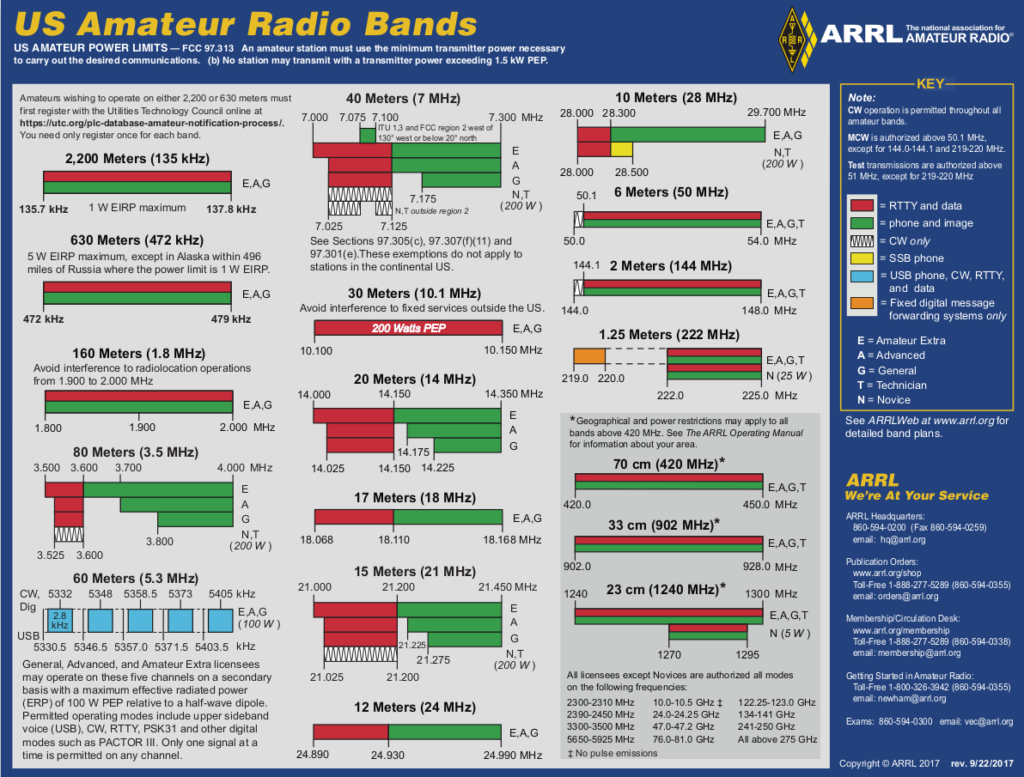
People refer to radio bands by the frequency or the wavelength – two ways to talk about the same thing. The longer the wavelength, the lower the frequency, and the farther the wave will travel. The shorter the wavelength, the higher the frequency and the shorter the wave will travel.
Some radio waves can travel thousands of miles given the right conditions. Waves in high frequency bands and lower can travel over mountains and across oceans by bouncing off the atmosphere. Really high frequencies like the gigahertz (GHz) frequencies used in wi-fi routers and cell phones can’t travel very far at all and can be stopped by a few thick walls.
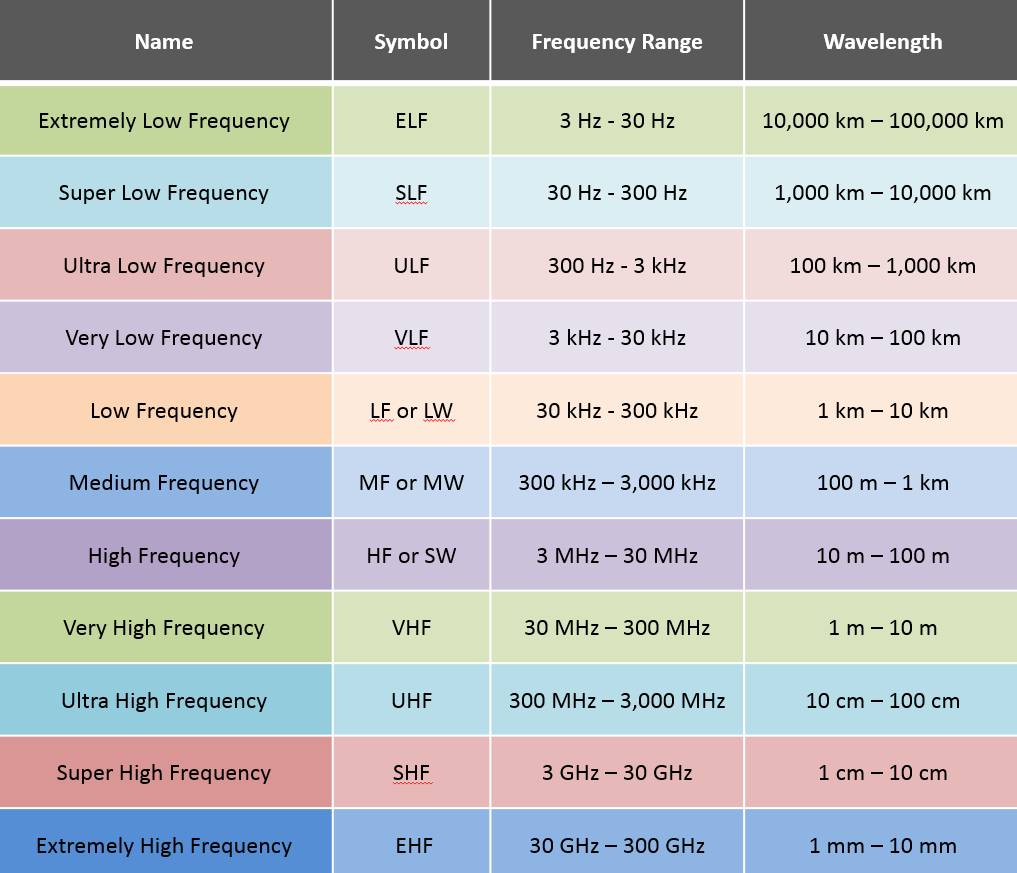
Anyone interested in emergency communications should buy a couple dual-band radios. The most common dual-band is 2M/70CM radios. Those radios send and receive on the 140Mhz and 420MHz bands. Cheaper versions cost around $35 to $50, and you can spend about as much as you want on expensive brands.
Here’s a link to some radios on NewEgg. BaoFeng is pretty affordable and popular. If you do buy radios, read about how to use CHIRP to program them. If you want to practice, get a license. If TSHTF, no one will care about licenses.
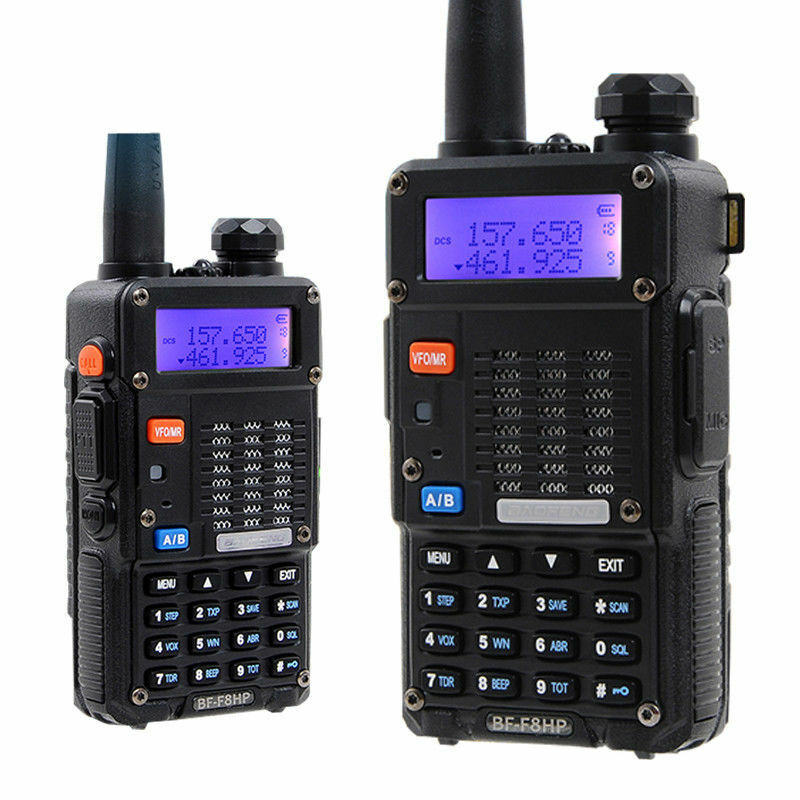
I also recommend buying an multi-band receiver.
Multi-band receivers can listen to many radio frequencies including AM/FM, long wave (LW), short wave (SW), single side band (SSB), and more. If normal communications go down, then most likely someone near you will be communicating on one of those amateur bands. You won’t be able to talk with a receiver, but you should be able to hear what’s going on during an emergency.
I’ve read and heard good things about Eton Elite receivers. Some other popular brands are Tecsun and Sangean. Again, cost can vary from $30 to $300 and higher depending on features and quality. You’re looking for “world band receiver” or a receiver that receives AM/FM/LW/SW/SSB bands. Many receivers also pick up air craft bands
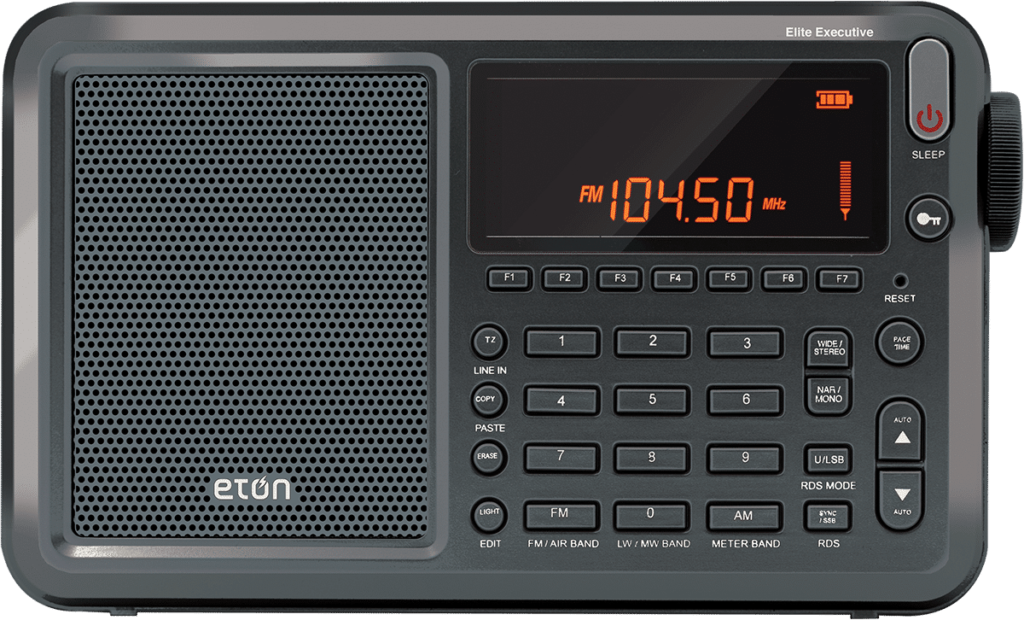
If you want to learn more about radio, search “What is [any term I mentioned above]” and you will find all you need to know and more.
- What is amateur radio?
- What is long wave radio?
- What is single side band?
One thing to remember about radio is that it isn’t secure. The airwaves are open to everyone. If you are transmitting on a frequency, anyone can listen.
Now, at least go buy a multi-band receiver. It could come in handy one day.
Useful Links

